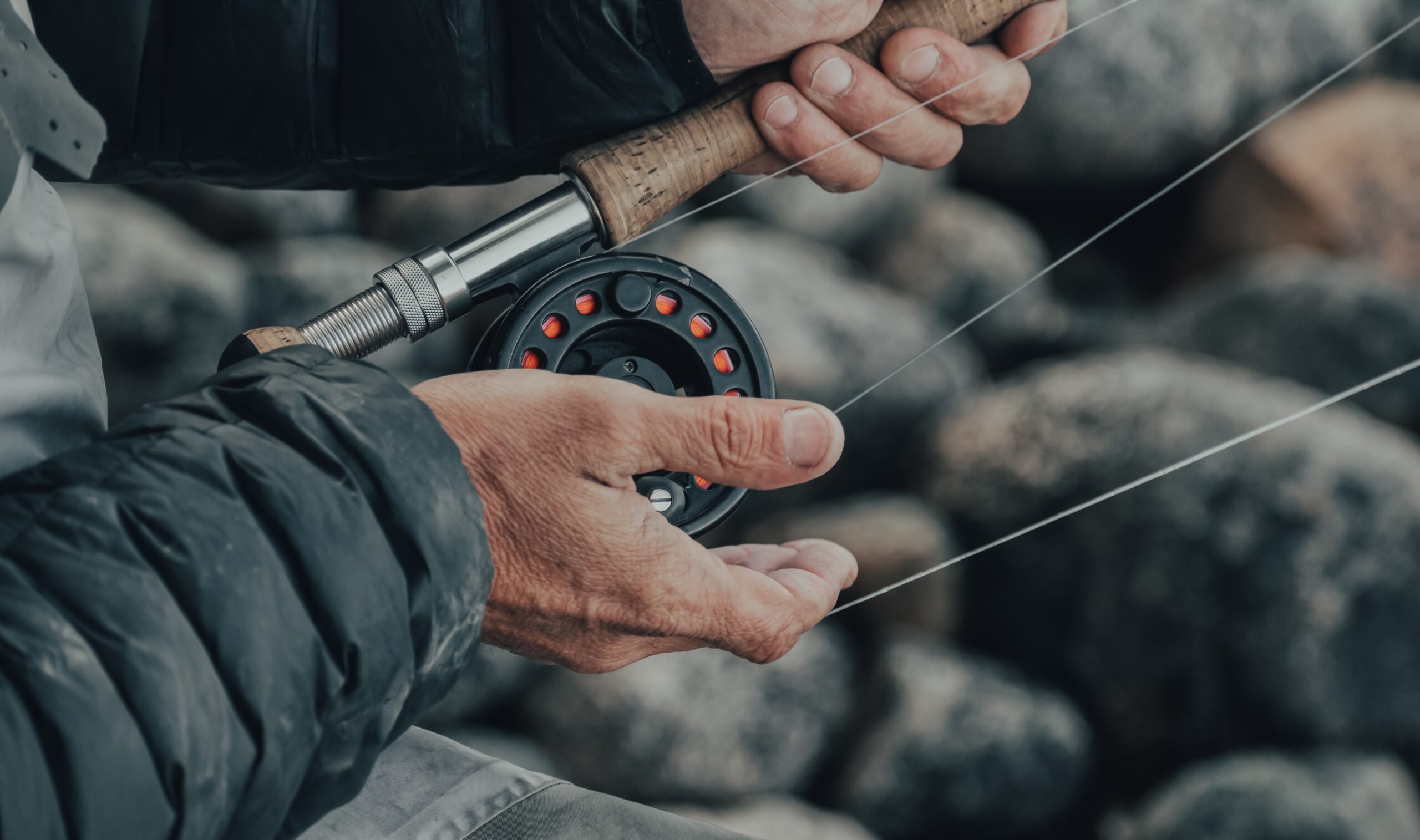Fishing technology has come a very long way from the years since I watched my very first fish finder.
I can still recall watching the large and little bass icons onto the viewing monitor and, as a child, I was sure that there was a man-sized fish outright beneath the ship! In addition to this, we have now got access to amazing geolocation technologies (GPS) at affordable rates.
GPS Combo units collect location data and combine it with underwater imaging information to make a holistic picture of where and exactly what you are angling!
Advantages of GPS Combo Fish Finder Components
For much open water or deeper water, a GPS unit is necessary. For expert fishermen in massive lakes or bodies of water, it can be hard or impossible to return to your favorite place each time.
When using a GPS combo unit, not only are you able to navigate accurately and fast to great fishing areas, but you can save and find many places afterward.
You may not fish a specific area for years or months at a time, but if it is time to return you’re going to be fishing the identical area with precision.
Combo units also let you collect data about the water situation, thickness, and schooling behavior together with location.
To top it off, a combo unit is going to lead to less complete clutter and gadgetry that could get in the way, break, or use energy up in the ship.
If you are going to use a GPS and a fish finder, there is no reason to utilize another unit. If for no other reason than ease, they simply make sense.
How to select GPS Combo Fish Finder
Power:
Greater power output means deeper and better readings. Lower power units will not have the ability to send out readings as far and the pictures received will be considerably poorer quality compared to higher power devices.
When you mix the power output and the frequency output signal of your fish finder, you will have a general comprehension of the device’s ability.
A very low power, higher frequency unit will not have the ability to scan quite significantly while high energy, the low-frequency device will scan quite profoundly.
Bear in mind, this is a balance between your requirements for depth, strength, and picture clarity.
Frequencies:
Fishfinders may function under a selection of frequencies when identifying and locating underwater objects like surface attributes and fish.
Advanced fish finders may also have the ability to send and receive a number of frequencies at precisely the exact same moment.
Because greater frequencies yield higher detail but don’t operate in deep oceans. Lower frequencies take farther but return less detail on the monitor.
If you are a shallow water fisherman, then a high-frequency output signal is in your very best interest and will yield the best outcomes.
If you are heavy water or a fisherman, a very low-frequency emission is most likely the better alternative.
Visual Display Factors:
When picking a GPS fish finder unit, then you’ll certainly need to invest a little additional cash for an adequate display.
Since your display will frequently serve double duty like GPS, fishfinder, as well as a split-screen fish finder (dual frequency).
It is essential to have a large enough display with great resolution and color.
Because most readers will probably buy the GPS fishfinder combo unit because of their major display, it is pretty important to opt for the greatest and highest resolution display size your budget will manage.
This will offer you the capacity to utilize split-screen performance, color variance, and ready place, mark, and navigate with the device on the fly. Without a doubt, this is among the greatest overall things that will affect your long-term joy of the device as a whole.





